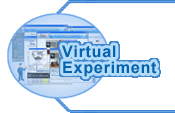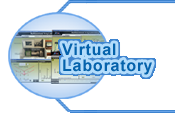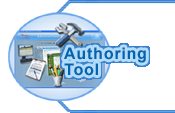The major components of ATeL e-learning tools are simulations, virtual experiments, virtual labs, and virtual environments. These interactive resources facilitate both the conventional sequential learning paradigm and "just-in-time" learning, as well as blended learning.
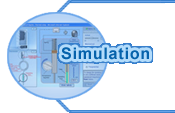
|
 Click the image to enlarge.
Colorful state-of-the-art graphics, realistic animations, game-like interface and functionality allows teachers to present learning topics in a format that teenagers and young adults have traditionally found interesting and engaging. Simulations are task and learner neutral, and within their functionality, there are no restrictions on the user's actions. Simulations are indispensable tools for lesson demonstration. Click here to explore differences between a simulation and virtual experiment.
|

|
|

| |
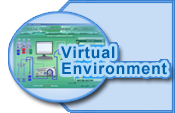
|
|
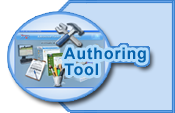
|












